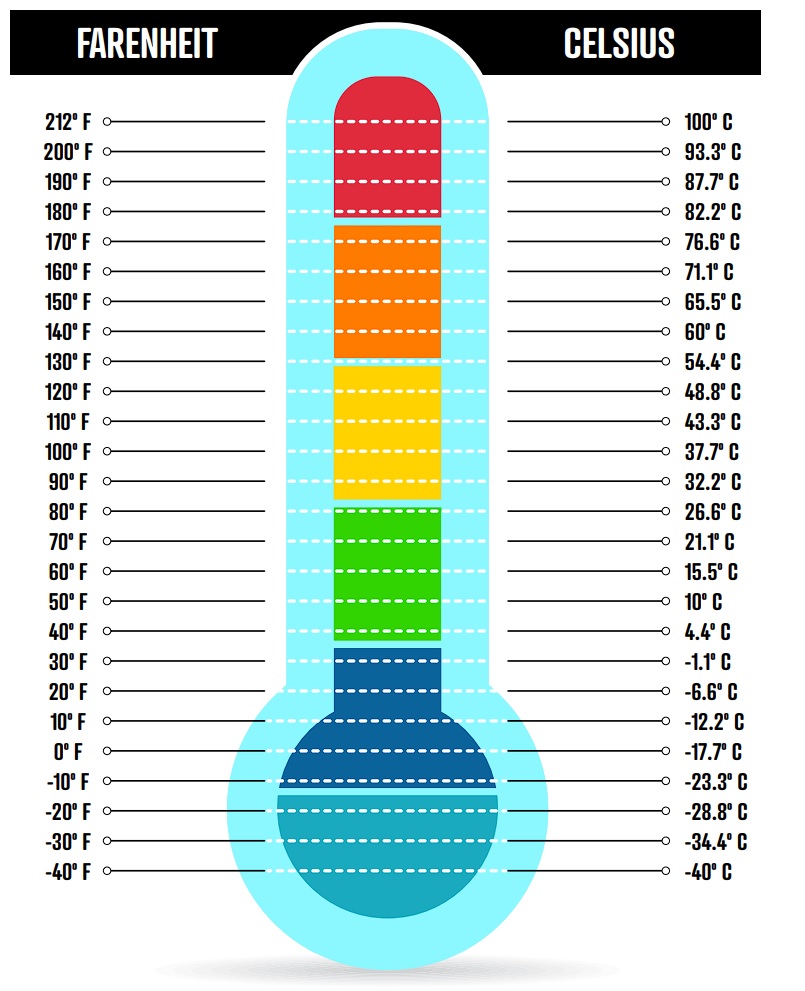How to Assign Blank Cells in Excel
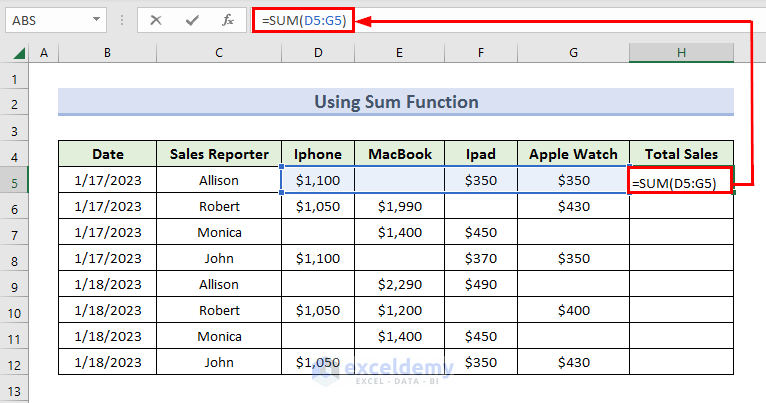
When working with Excel spreadsheets, you may encounter situations where certain cells contain no data or are intentionally left blank. These blank cells can be a source of confusion and may impact your data analysis or automation processes. In this comprehensive guide, we will explore the various methods and best practices for assigning blank cells in Excel, ensuring your data is organized, consistent, and easy to work with.
Understanding Blank Cells in Excel
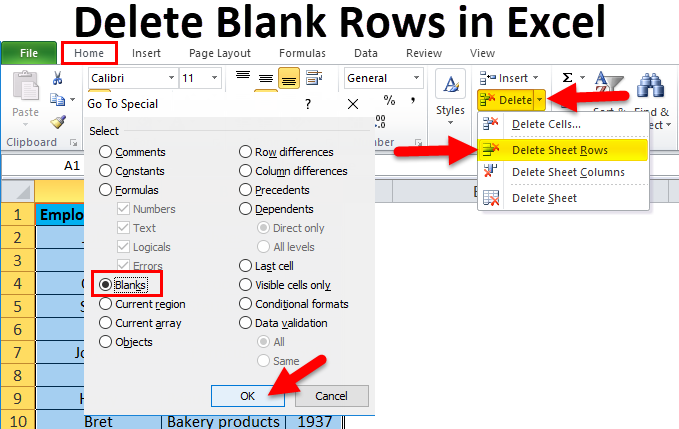
Blank cells in Excel refer to cells that do not contain any visible data or formatting. These cells appear empty when you view the spreadsheet. While it may seem straightforward, handling blank cells effectively is crucial for maintaining data integrity and performing accurate calculations.
Methods for Assigning Blank Cells
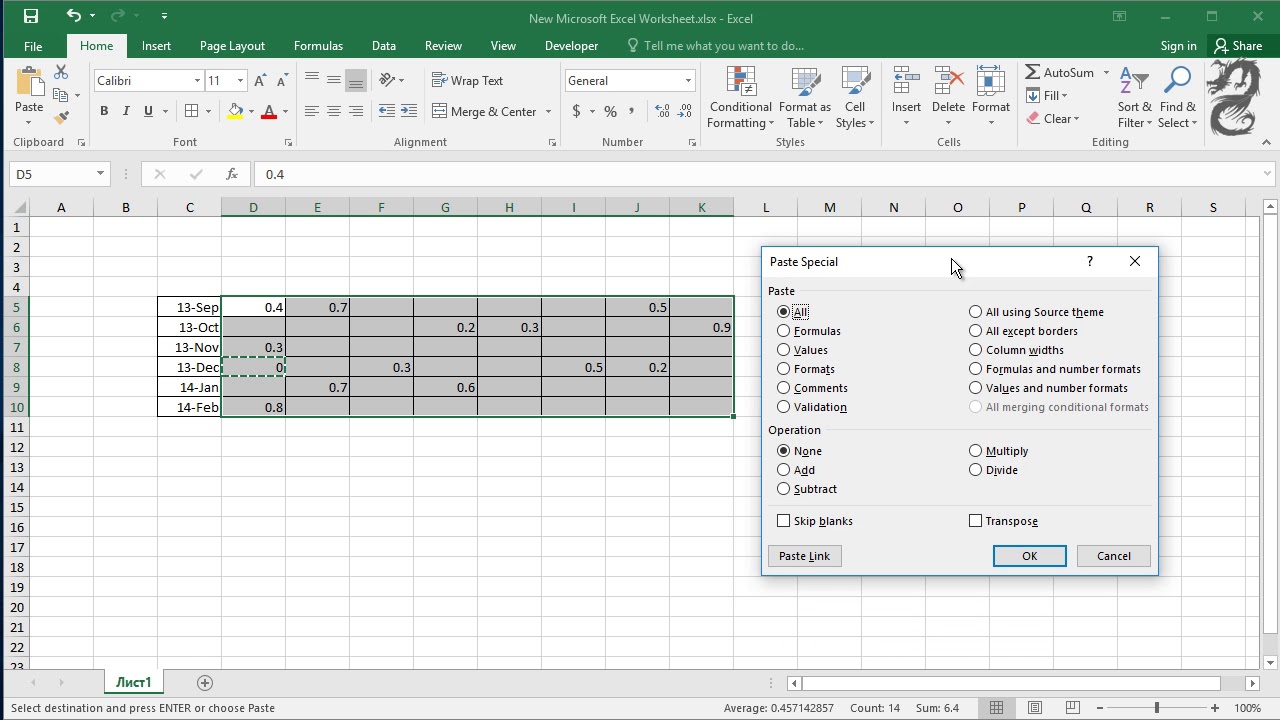
There are several techniques you can employ to assign blank cells in Excel, each suited to different scenarios. Let’s explore these methods in detail.
Using the Spacebar
The simplest and most common way to create a blank cell is by pressing the spacebar on your keyboard. Select the cell you want to make blank and then hit the spacebar. This will clear any existing content and leave the cell empty.
While this method is quick and easy, it has its limitations. Pressing the spacebar only clears the visible content, but it does not remove any underlying formatting or formulas. If you need a truly blank cell with no traces of previous content, you may want to consider other methods.
Clearing Contents and Formatting
To ensure a complete blank cell, you can use the Clear command. Select the cell(s) you want to clear, right-click, and choose Clear from the context menu. From the submenu, select Clear Contents or Clear All to remove both the data and any associated formatting.
This method is particularly useful when you want to erase all traces of previous content, including any formulas or formatting that might affect calculations or data manipulation.
Using Keyboard Shortcuts
Excel provides several keyboard shortcuts to streamline the process of assigning blank cells. One useful shortcut is Ctrl + - (minus sign). Select the cell(s) you want to clear, and then press this shortcut. It will remove the contents of the selected cells, leaving them blank.
Additionally, you can use the Ctrl + 1 shortcut to open the Format Cells dialog box. From here, you can select the Number tab and choose General as the cell format. This will ensure that any entered data is displayed as-is, without any formatting.
Inserting Blank Rows or Columns
When you need to insert a blank row or column to organize your data, Excel provides dedicated tools for this purpose. Select the row or column where you want the blank space, right-click, and choose Insert from the context menu. This will insert a new row or column filled with blank cells.
Alternatively, you can use keyboard shortcuts. To insert a blank row, select the row below where you want the new row and use the shortcut Ctrl + Shift + + (plus sign). For a blank column, select the column to the right of where you want the new column and use Ctrl + Shift + +. These shortcuts quickly create blank spaces in your spreadsheet.
Utilizing the Formula Bar
Another way to assign blank cells is by using the Formula Bar. Select the cell you want to make blank, and then click on the Formula Bar. Simply delete any existing content and press Enter. This will leave the cell empty while retaining any associated formatting.
The Formula Bar is particularly useful when you want to quickly clear specific cells without affecting the rest of the spreadsheet.
Best Practices for Handling Blank Cells
When working with blank cells, it’s essential to adopt best practices to maintain data consistency and avoid errors.
Consistency in Data Entry
Ensure that your data entry process is consistent. Decide whether you want to use spaces or truly blank cells to represent missing data. Consistency will make your spreadsheet more readable and easier to analyze.
Considerations for Formulas and Calculations
Blank cells can impact formulas and calculations. When creating formulas, be mindful of how Excel treats blank cells. By default, Excel treats blank cells as zero values in calculations. If this is not the desired behavior, you can use the IF function to handle blank cells differently.
For example, you can use the formula =IF(ISBLANK(A1), "N/A", A1) to display "N/A" in place of blank cells in column A.
Data Validation and Error Handling
Implement data validation rules to ensure that users enter data correctly. Excel’s Data Validation feature allows you to specify the type of data allowed in a cell, such as whole numbers, decimals, or dates. This helps prevent accidental data entry errors that could lead to blank cells.
Additionally, consider using error-handling functions like ISBLANK and IFERROR to manage blank cells and display meaningful messages or alternative values.
Data Cleaning and Preparation
Before performing any analysis or automation, clean and prepare your data. Identify and handle blank cells to ensure accurate results. You can use Excel’s Find and Replace feature to locate and replace blank cells with a specific value or formula.
Visualizing Blank Cells
To easily identify blank cells, you can use conditional formatting. Select the range of cells you want to analyze, go to the Home tab, and choose Conditional Formatting. Create a new rule that applies a specific format, such as a colored background, to cells that are blank.
Conclusion: Mastering Blank Cells in Excel
Assigning blank cells in Excel is a fundamental skill for data manipulation and analysis. By understanding the various methods and best practices outlined in this guide, you can effectively manage blank cells to ensure your spreadsheets are accurate, consistent, and easy to work with.
Remember to choose the appropriate method based on your specific needs, whether it's clearing contents, using keyboard shortcuts, or implementing formulas. With these techniques at your disposal, you'll be able to handle blank cells like a pro and enhance your Excel expertise.
Frequently Asked Questions
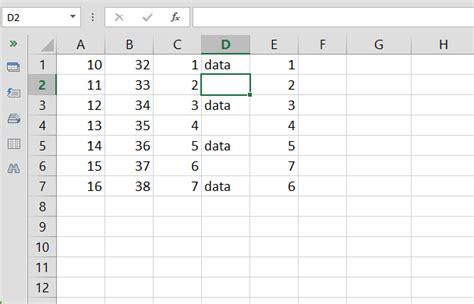
How do I quickly fill a range of cells with blanks in Excel?
+
To quickly fill a range of cells with blanks, select the cells and press Ctrl + 0 (zero) on your keyboard. This shortcut will clear the contents of the selected cells, leaving them blank.
Can I automatically fill blank cells with a specific value in Excel?
+
Yes, you can use Excel’s IF function to automatically fill blank cells with a specific value. For example, the formula =IF(ISBLANK(A1), “Unknown”, A1) will display “Unknown” in place of blank cells in column A.
How do I replace blank cells with zeros in Excel?
+
To replace blank cells with zeros, you can use the IF function with the ISBLANK function. The formula =IF(ISBLANK(A1), 0, A1) will replace blank cells in column A with zeros.
Is it possible to count blank cells in Excel?
+
Absolutely! You can use the COUNTBLANK function to count the number of blank cells in a range. For example, =COUNTBLANK(A1:A10) will count the blank cells in the range A1 to A10.
How can I prevent users from entering blank cells in a specific column?
+
To prevent users from entering blank cells in a specific column, you can use Excel’s Data Validation feature. Select the column, go to the Data tab, and choose Data Validation. Set the validation criteria to require a value and specify an error message to guide users.



